
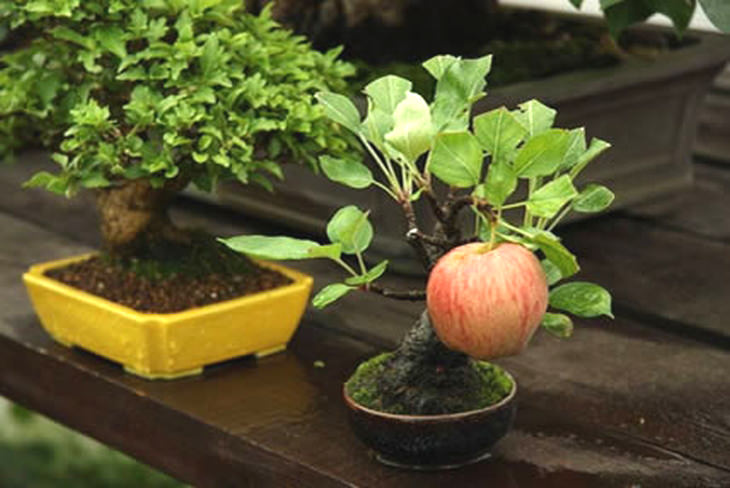
Before you begin
It is important to remember that bonsai training is difficult, and you are more likely to succeed if you choose a tree that is native to your area, or that can handle your local weather well. It is also important to allow the seedling to grow and become strong before you start cutting and training it. Despite the fact that bonsai trees grow faster, don’t expect to be harvesting fruit in a couple of months. Some trees might need around five years before you can harvest anything.
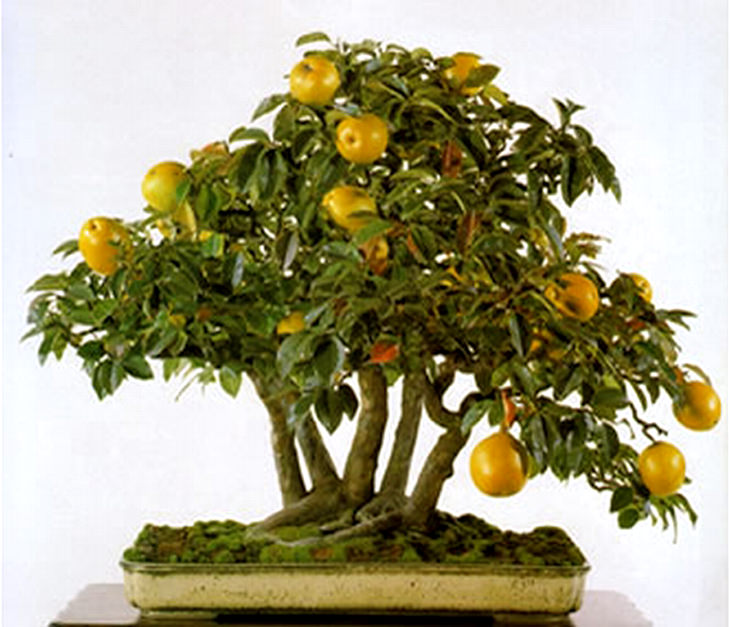
Preparations
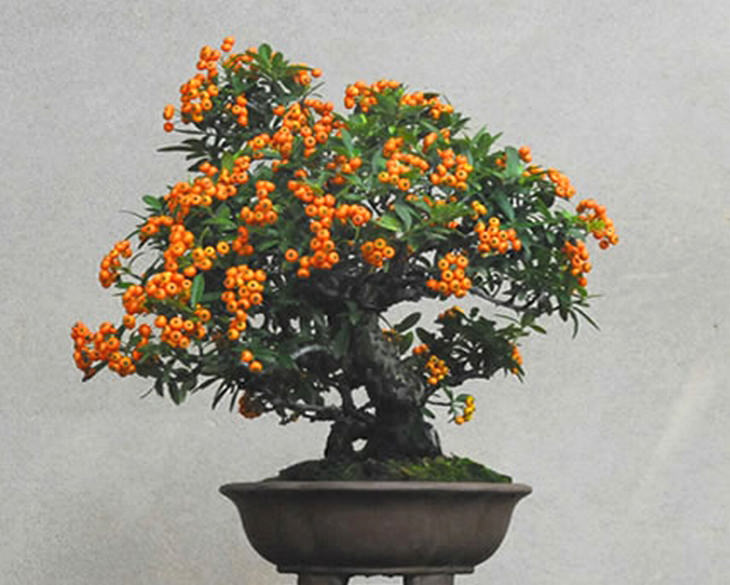
Planting the tree
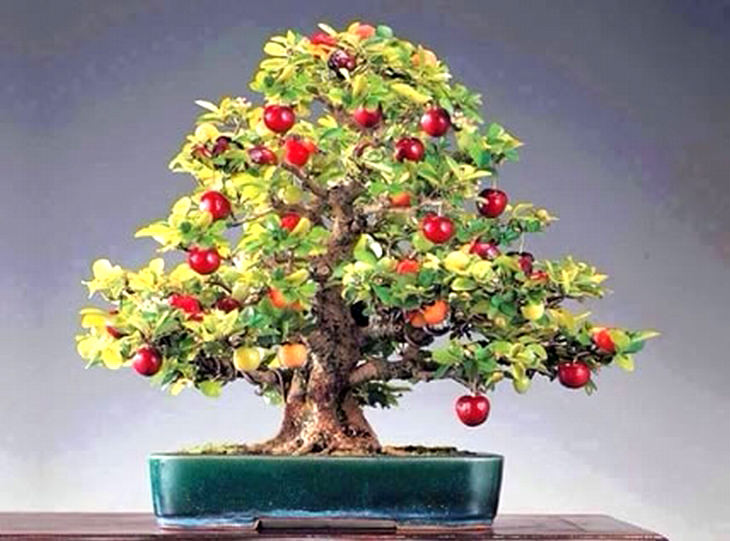
Care
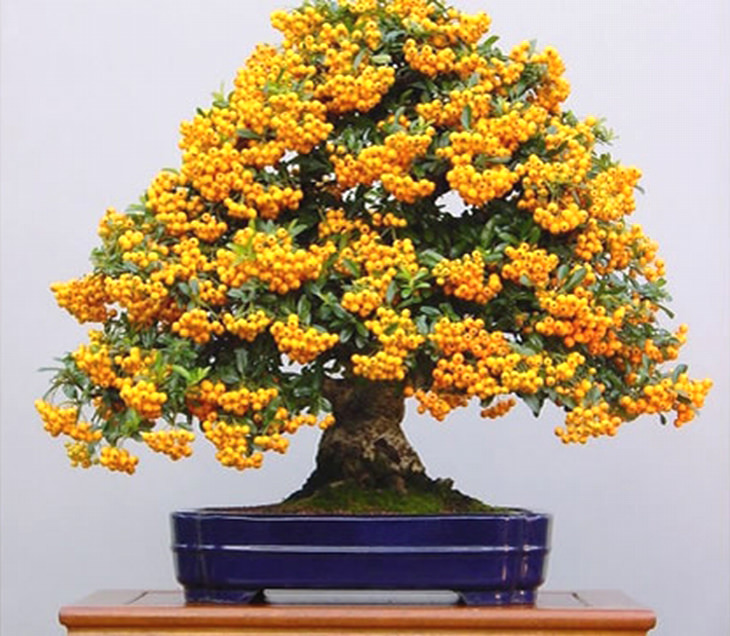
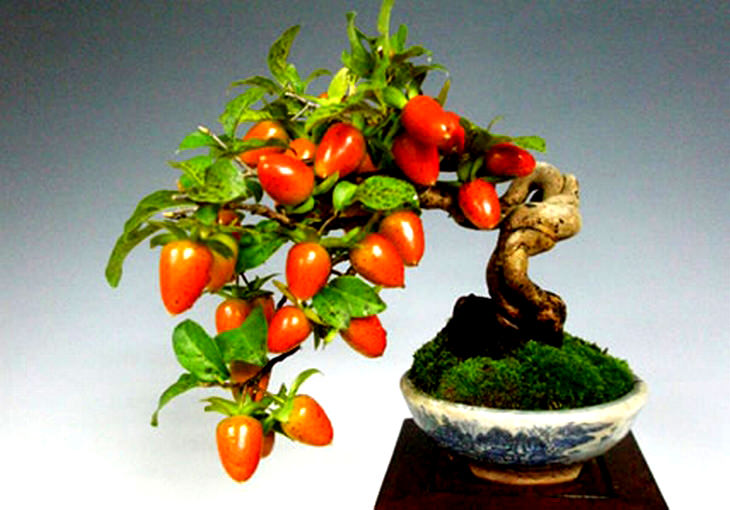
Shaping
Shaping is performed to give the tree a weathered look, without damaging it.
Use a metal wire to control the direction of growth. The wire mustn’t be too tight and will need periodic replacement as the tree grows. Wiring is done by looping a copper wire around the top of the trunk, then slowly looping the wire around the trunk and down to the base. If you wish to have certain branches bend a certain way, use the wire to direct them to where you want them to go.
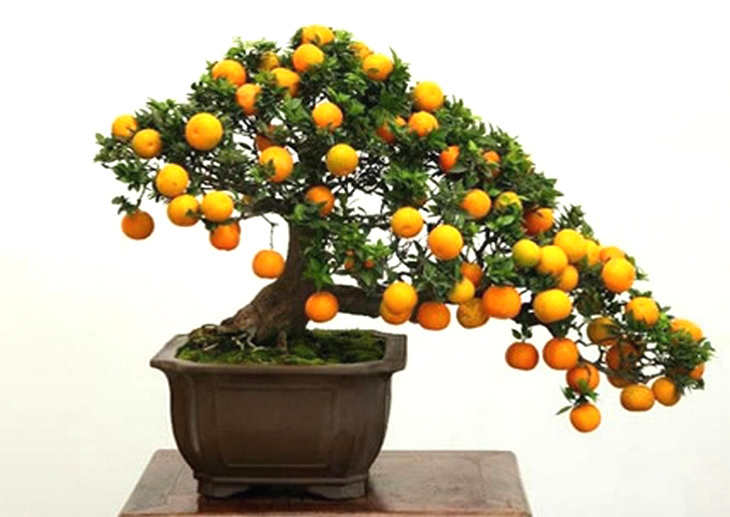
BONUS: Here's a Simple Video Guide For Beginners

These Food Hacks Are the Best Thing Since Sliced Bread
Discover the many wonder ways to manipulate food so that its delicious and quick to prepare. Some of these ideas are the best thing since sliced bread.
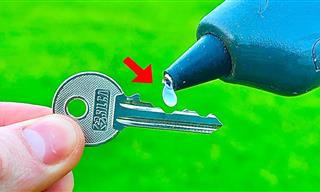 3:58
3:58
Amazing! How to Make a Key That Opens Most Locks
Can you make a key that opens almost every lock?
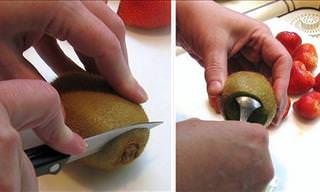
Our Complete Guide to Peeling Fruits and Vegetables!
Each fruit and vegetable has a different way of being effectively peeled. Our guide will teach you the very best methods!
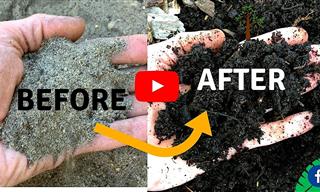 3:18
3:18
Tutorial: Improving Your Soil's Health Made Easy!
This tutorial will take you on a journey to transform the very foundation of your garden - the soil - without touching your wallet.
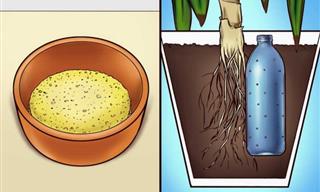
How to Revive Your Plants to Shiny Green Again
To help you out, we've put together a comprehensive guide that covers eight signs of plant sickness and provides solutions to restore their health and beauty.
 6:44
6:44
How to Build a Heron's Fountain That Runs Forever
Make your home a soothing sanctuary with this DIY non-stop water fountain.

10 Surprising Items You Can Clean in the Washing Machine
The washing machine can be useful for more than just clothes. 10 surprising items you can clean in the machine with no trouble.

Paper Towels Can Do Much More Than Just Mop Up Spills
We all think that paper towels are just for mopping up spills, but it turns out they have many uses you wouldn't expect. Take a look at them here!

10 Reasons Why You Should Drink More Chamomile Tea
Chamomile tea has an incredible amount of uses! Check out our top ten here.
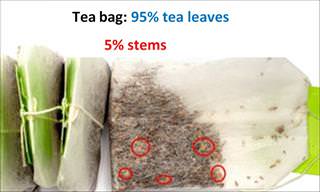
Find Out the 8 "Fake" Foods You Unknowingly Eat Regularly
The coffee and tea you drink, the cheeses you eat and the oil you use may be fake, but now you can recognize whether what you're buying is quality or not.

16 Human Foods You Can Share With Your Dog or Cat
In this article, we will present you with 8 foods for dogs and 8 foods for cats.

Are They LIARS? 7 Signs to Look For
A regular person lies to prevent hurting someone's feelings or to protect themselves, but that's not the case when it comes to a compulsive liar...
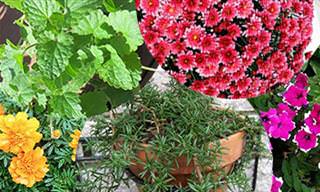
10 Repelling Plants that Keep Bugs Away
Many of the solutions to our problems can be found in nature, and this is also true when it comes to insects. Here are 10 plants that'll repel bugs.

7 Common Missteps That Couples Over 50 Should Avoid
For couples, the 50s can be the best years of their relationship. Just avoid making these mistakes.

This is How Often You Should Change Your Bed Sheets
The majority of us don't change our bed sheets as often as we should, and that can cause serious health issues. Here's how often you should change them.

10 Tips for Seniors to Use Tech Like a Pro
Seniors, enhance your tech skills with these tips.

How to Deal With an Angry Person in Your Life
This is a video guide to show you how to deal with an angry person in the best way possible.

Should You Change Shampoos For Silvering Hair?
Are you making the transition to silver, shiny locks? Learn how to keep your silvering hair as beautiful as ever with these tips!

10 Smart Ways to Treat Your Dry Skin!
Suffer from dry skin? You can find these next natural dry skin treating ingredients right in your home...

10 Natural Home Remedies EVERYONE Should Know!
Not Feeling well? We recommend that you think outside the box, or in this case outside the medicine cabinet with the following 10 effective natural medicines!

For Beautiful Hair and Skin, Neem Tree Oil Is All You Need
This natural remedy is all you need in your medicine cabinet for great hair and skin.

This Special Kind of Bread is Both Beautiful and Delicious
Tired of regular bread? How about surprising everyone with this beautiful and delicious "Watermelon Bread"? It's so easy to make!

12 Things You Should Never Clean With Vinegar!
In these 12 cases, it is recommended that you do not use it and instead treat stains and dirt with other cleaning products
 11:37
11:37
How to Grow Store-Bought Ginger at Home in a Pot
It turns out that it's quite easy to turn one ginger root you bought at the store into a never-ending supply of ginger goodness! Learn how to do it here

8 Things You Need to Do With Your A/C to Save on Money
Not looking after your AC properly will decreases the efficiency of your system, meaning you’re losing a lot of money.
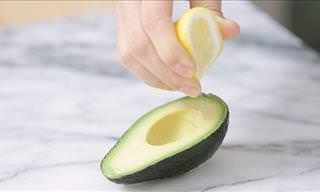
These 11 Tips and Tricks Will Help You Enjoy Avocados Better
Avocado is one of the most popular fruits, and with the following 11 tips, you'll know how to check for ripeness, freshness and how to use in myriad ways...

Here's How to Properly Kill Germs on Your Kitchen Sponge
Your kitchen sponge can contain a lot of nasty bacteria. Click here to learn how to properly sanitize it!

Cornstarch Has More Uses Than You Could Ever Think Of
We never usually think of cornstarch in terms of its ability to clean, but it's actually incredibly versatile and can be used in many different ways at home.

Body Wash vs. Bar Soap: Which One Should You Choose?
Body wash or shower gel? Which one do you prefer? If you’re uncertain, we’ll help you find out when to use each one.

Your Shoes and Clothes Will Not Get Old Any More...
These 20 tips & tricks will help you keep your clothes and shoes looking as spotless as can be, so you can beat stains, spills and crumples in no time at all.

15 Smart Alternative Uses for Bubble Wrap No One Told You
Bubble wrap can do much more than help you move!

Do Natural Cleaning Hacks Really Work? We Have the Answer
We have personally tested 10 of the most common DIY non-chemical cleaning hacks, and we have some surprising results!

I Can't Believe I Never Knew About these Food Hacks
Your cooking experience is about to become a breeze with these useful tricks!

17 Common Cleaning Mistakes That Can Ruin Your Bathroom
Keep your bathroom spotless with significantly less effort by avoiding these 17 biggest bathroom cleaning mistakes people make all the time

16 Useful Inventions That You Never Knew Your City Needs!
These cool and awesome inventions have been designed to make the world a much better and easier place.
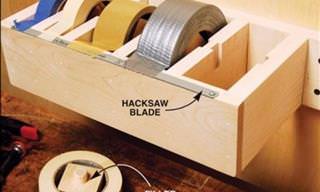
No More Clutter: Garage Organization Made Easy
15 smart ways how you can turn your garage into the most well-organized area in your home

These 15 Charts Are Both Useful and Interesting!
The 15 charts cover topics like health, animals, and classical music, and they are full of useful information, perfect for a lifelong learner like you.

I Just Found the Most Useful Material in the House!
Toothpaste has so many uses - it's truly amazing. Next time you encounter any of these problems, turn to this list to find out how toothpaste can help.

10 Hair Myths That Are Damaging Your Hair
We're here to bust 10 persisten hair care myths, that are actually doing more harm than good to your hair

How to Earn Extra Money During Retirement: 8 Useful Ideas
Read on to discover how seniors can earn money even after retiring.

No More Cooking Mistakes: A Handy Guide!
With this guide, you can learn how to correct common cooking and baking mistakes so that your food comes out just right!

9 Skincare Treatments My Granny Taught Me
it's time to discover what these 9 special beauty products contain.

Kitchen Tips: How Long You Can Keep Leftovers?
It’s crucial to know how long different leftover foods can last in your fridge, and when it’s time to part ways with them for your own safety and health

These Tips Will Make Your Next Flight a Lot Better
In this video you will find 6 great tips that will ensure your next time on a plane is a lot more comfortable.

The Way We Were - Shocking Ads from the 1950s
This series of advertisements from the 1950s is more than just your regular nostalgia. Look at these ads and be amazed with all the progress women have made!

Hate Cough Syrup? This Home Remedy Works Even Better!
This natural home remedy for a bad cough is just as effective as cough syrup!

10 Questions You've Always Wanted the Answer To
In this post, we dive into 10 fascinating questions you've probably wondered about at some point in your life, offering clear and concise explanations to satisfy your curiosity.


